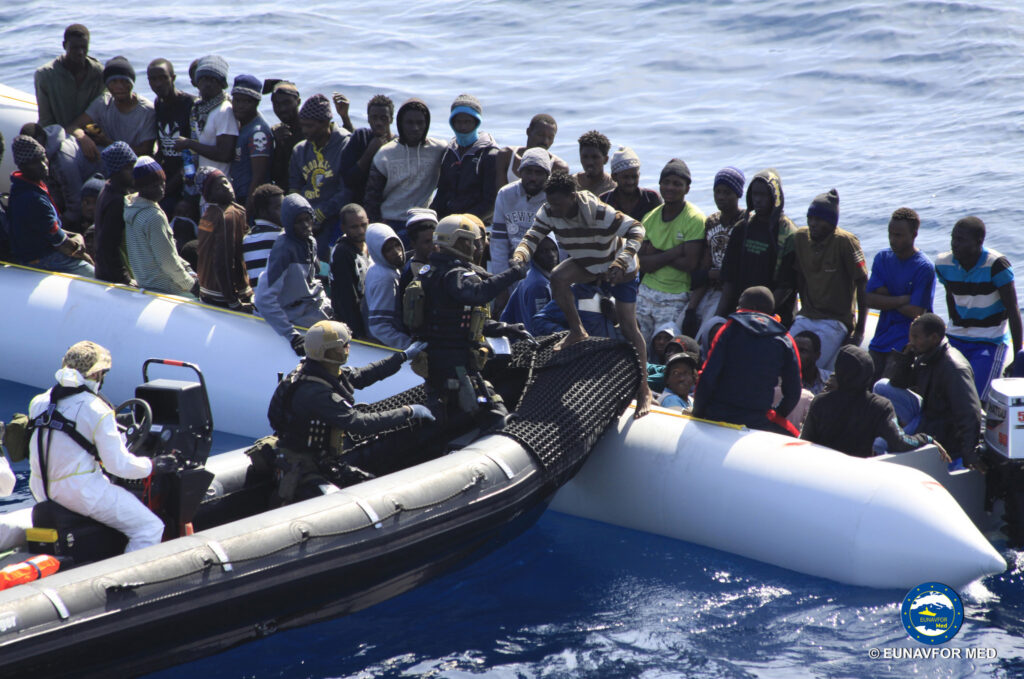
About 6,000 Gambian migrants entered Italy in 2017 via the Mediterranean Sea according to The Gambia Immigration Department.
The Department’s deputy director, Hulay Jallow, disclosed that 5,808 Gambians arrived in Italy via boat in 2017.
Ms Jallow made the remarks on Tuesday at a European Union-funded two-day seminar on “National Stakeholder Forum on Risk of Irregular Migration in The Gambia”, organised by National Authorizing Office Support Unit (NAOSU).
“Between January and June 2017, 4,920 arrived in Italy via boat, while those that arrived in the whole year totalled 5,808, including 4,249 male, and 122 female, while 1,437 were children of which 1,417 are unaccompanied minors,” she said.
“It is statistical evidence that the number of Gambians using this route has steadily increased over the years. In 2016, arrivals were 41% higher as compared to 2015.
“Moreover, Gambian minors account among the most common three nationalities of unaccompanied and separated children (USAC) arriving in the European Union through Italy.”
Ms Jallow said that the seminar seeks to address the root cause of irregular migration and the risk associated with it by enhancing the capacity of 33 immigration frontline officers and 17 relevant operative stakeholders on irregular migration and other trans-national crimes and migrants’ protection and referral.
According to her, in 2010 the irregular migration route shifted from the Trans-Atlantic route to the Trans-Saharan route and through the Central Mediterranean Sea.
“This has no small measure claimed a lot of lives in both the Sahara and the Mediterranean Sea. Migrants smugglers and human traffickers have found this irregular migratory corridor very lucrative since the breakdown of law and order in Libya,” she said.
Ousman Ceesay, Deputy Permanent Secretary at the Ministry of Interior, said the Gambian government was committed to addressing the menace of irregular migration.
“The seminar will also enhance and strengthen operational capacity of the participants and also foster a coordinating mechanism amongst the different actors for efficient and effective border control management and professional service delivery,” he said.










Recent Comments